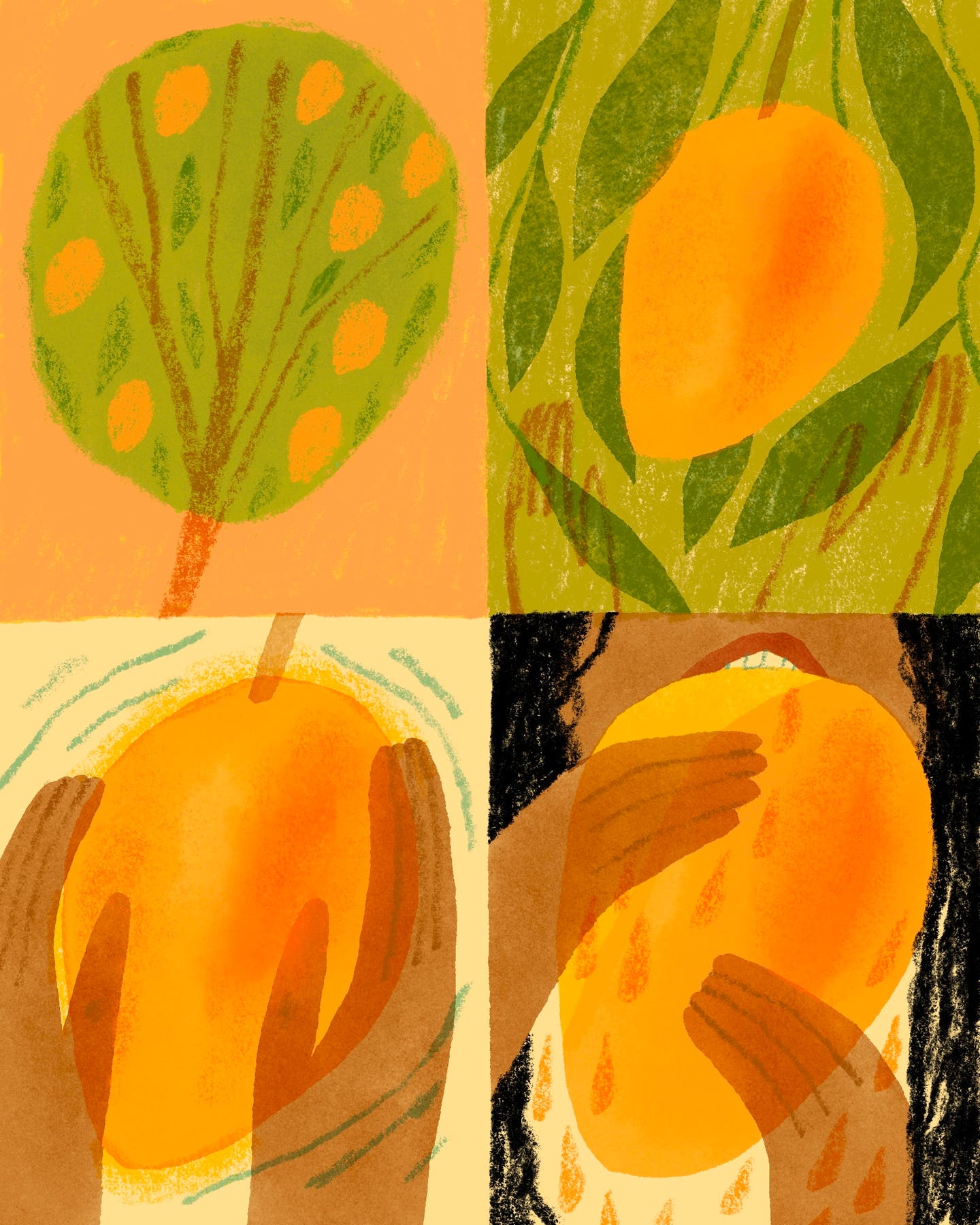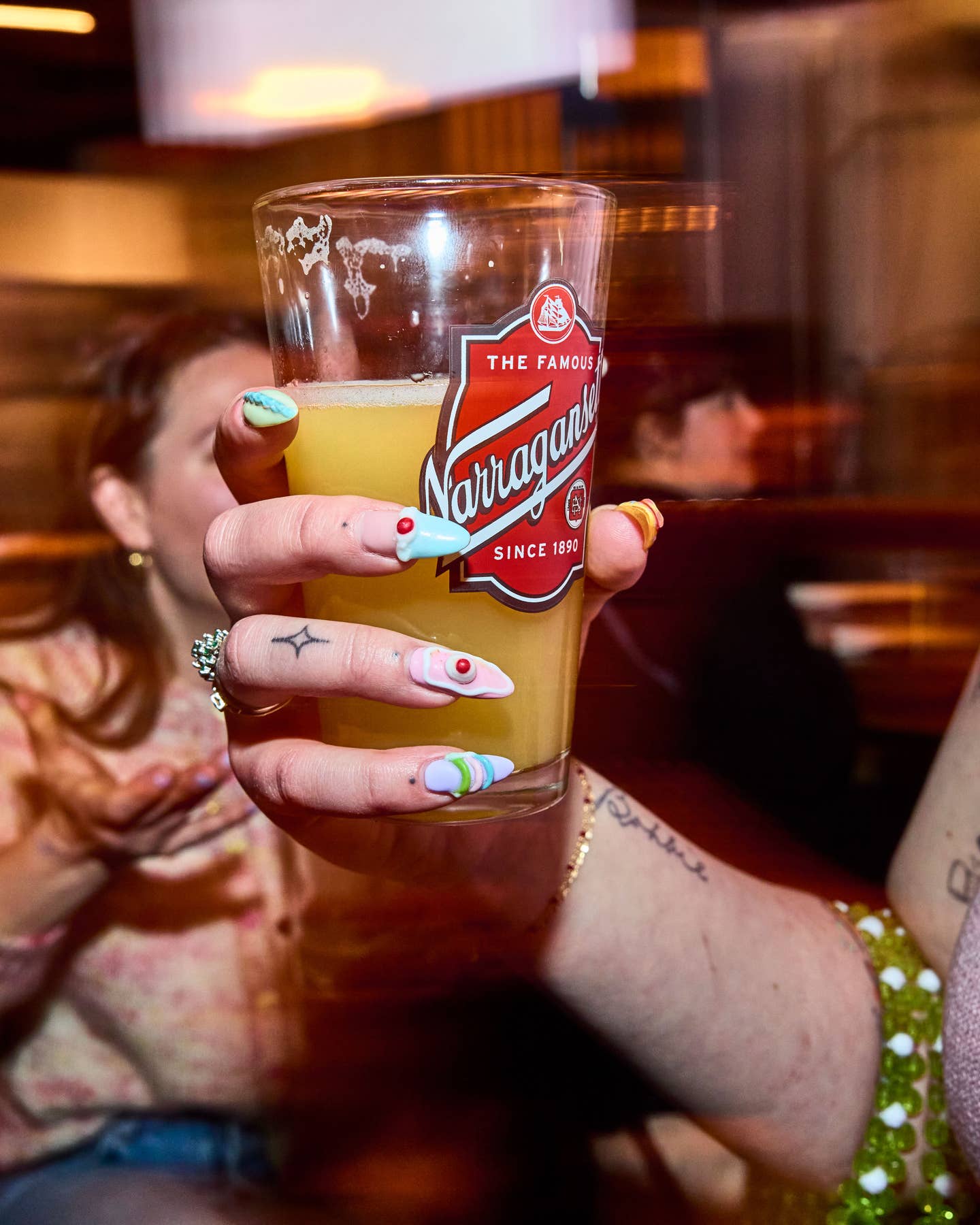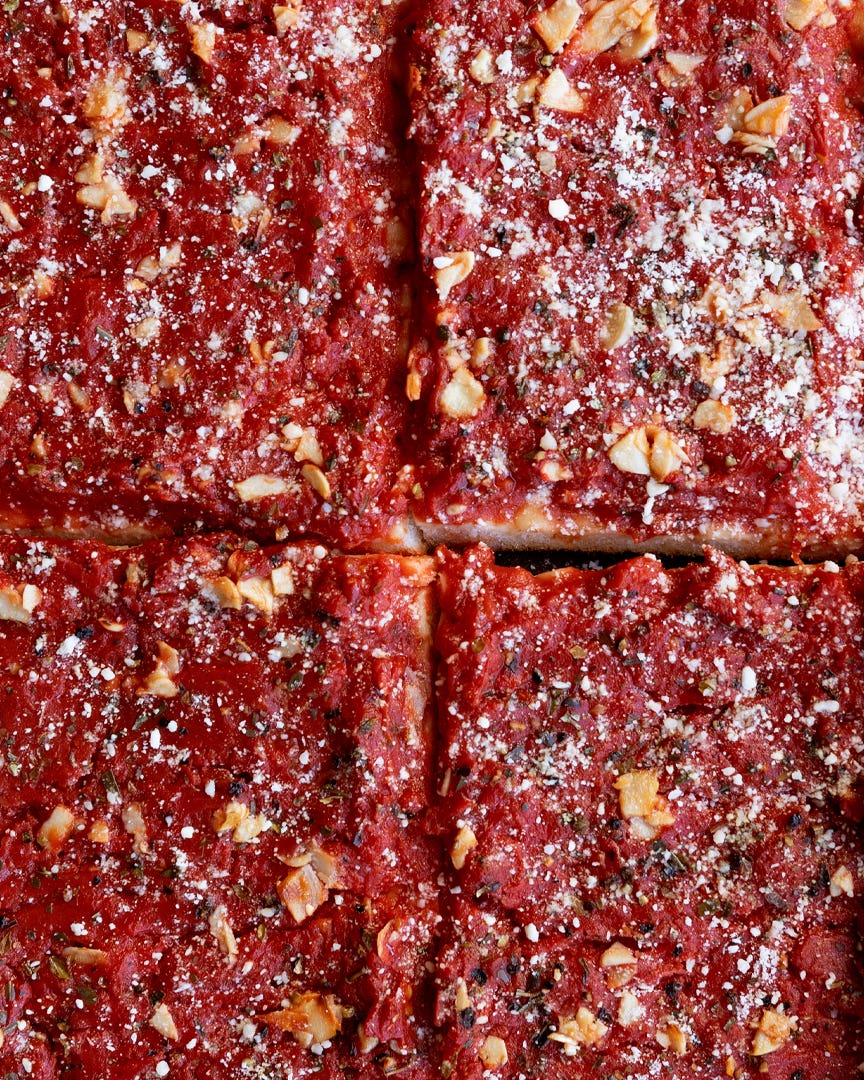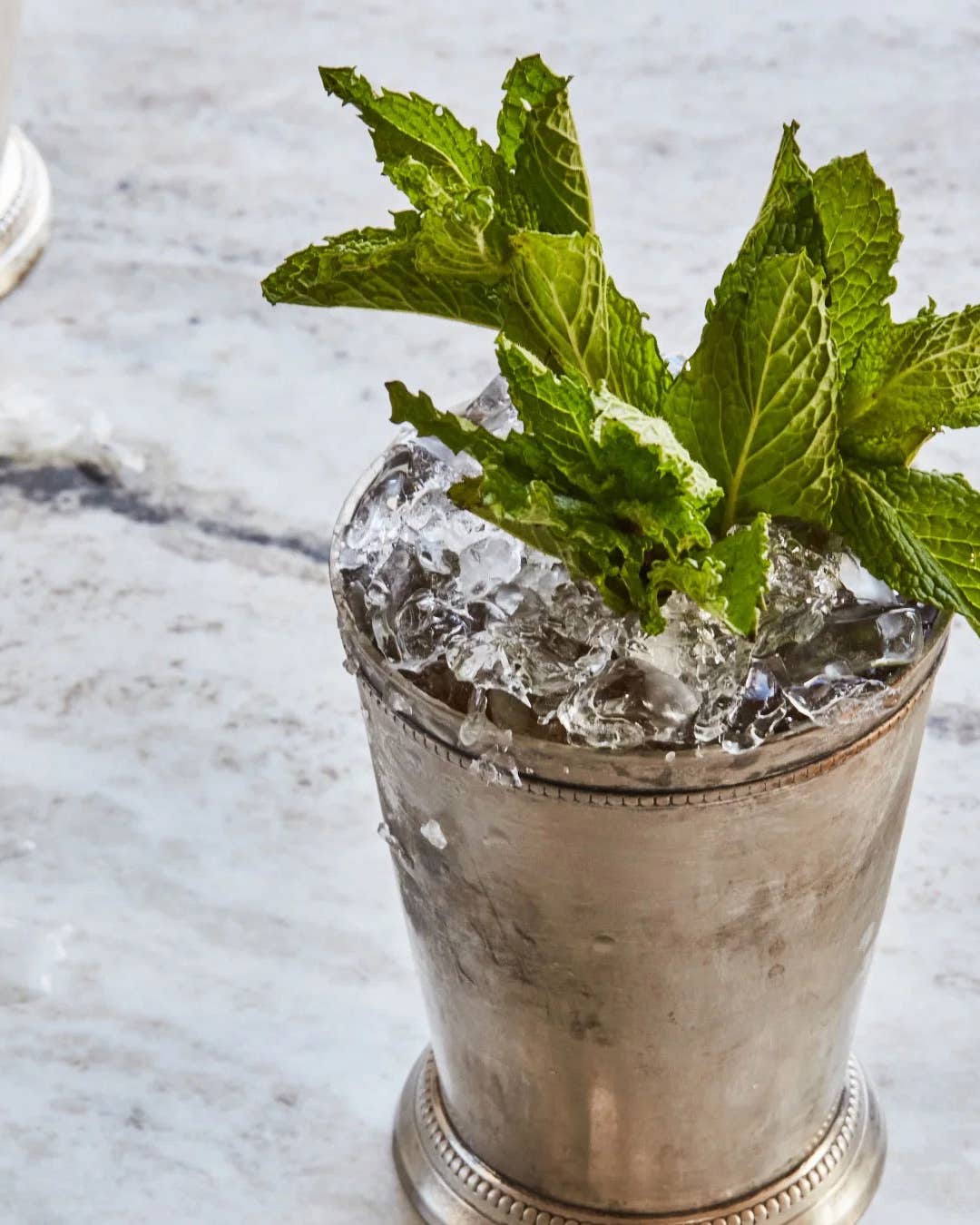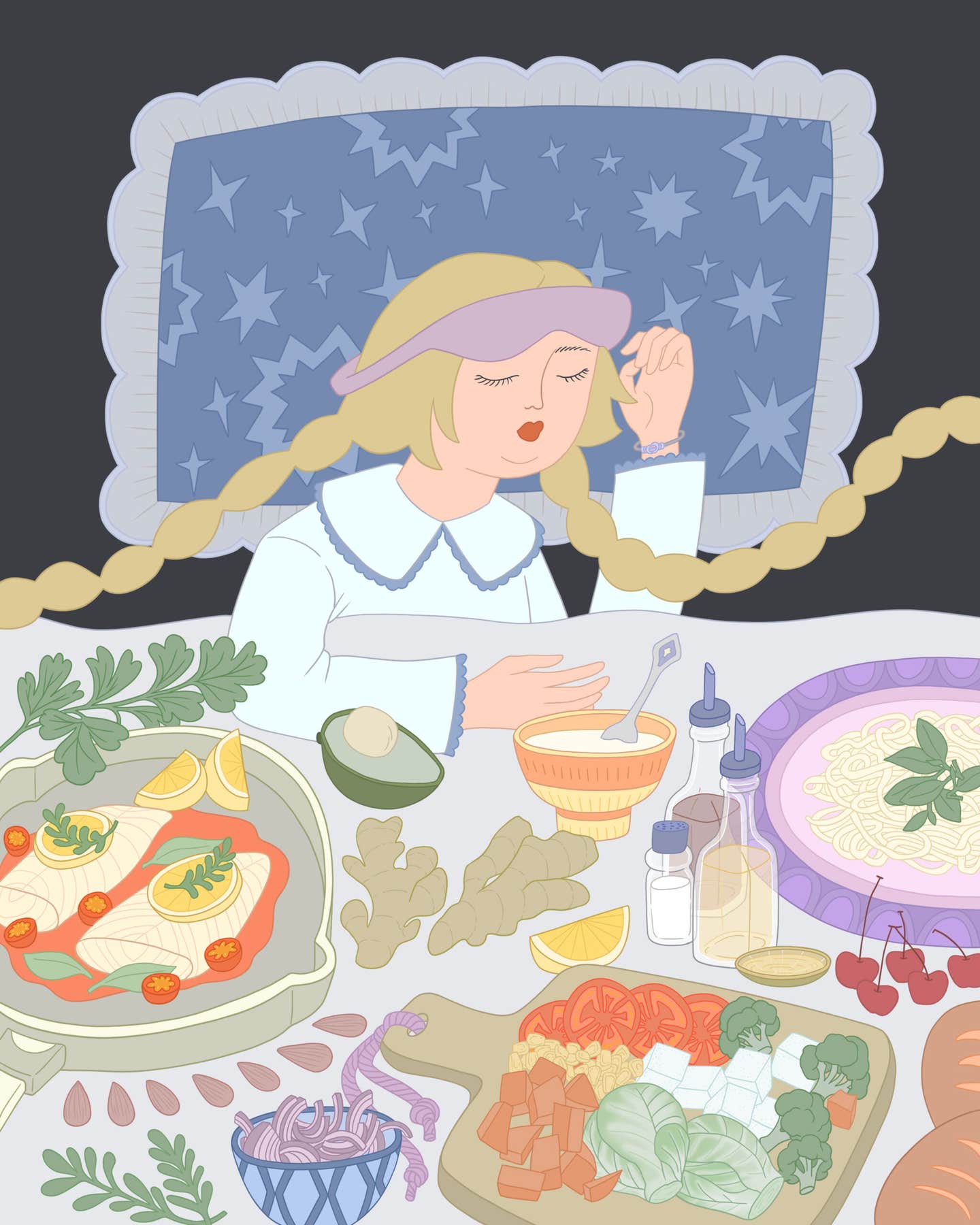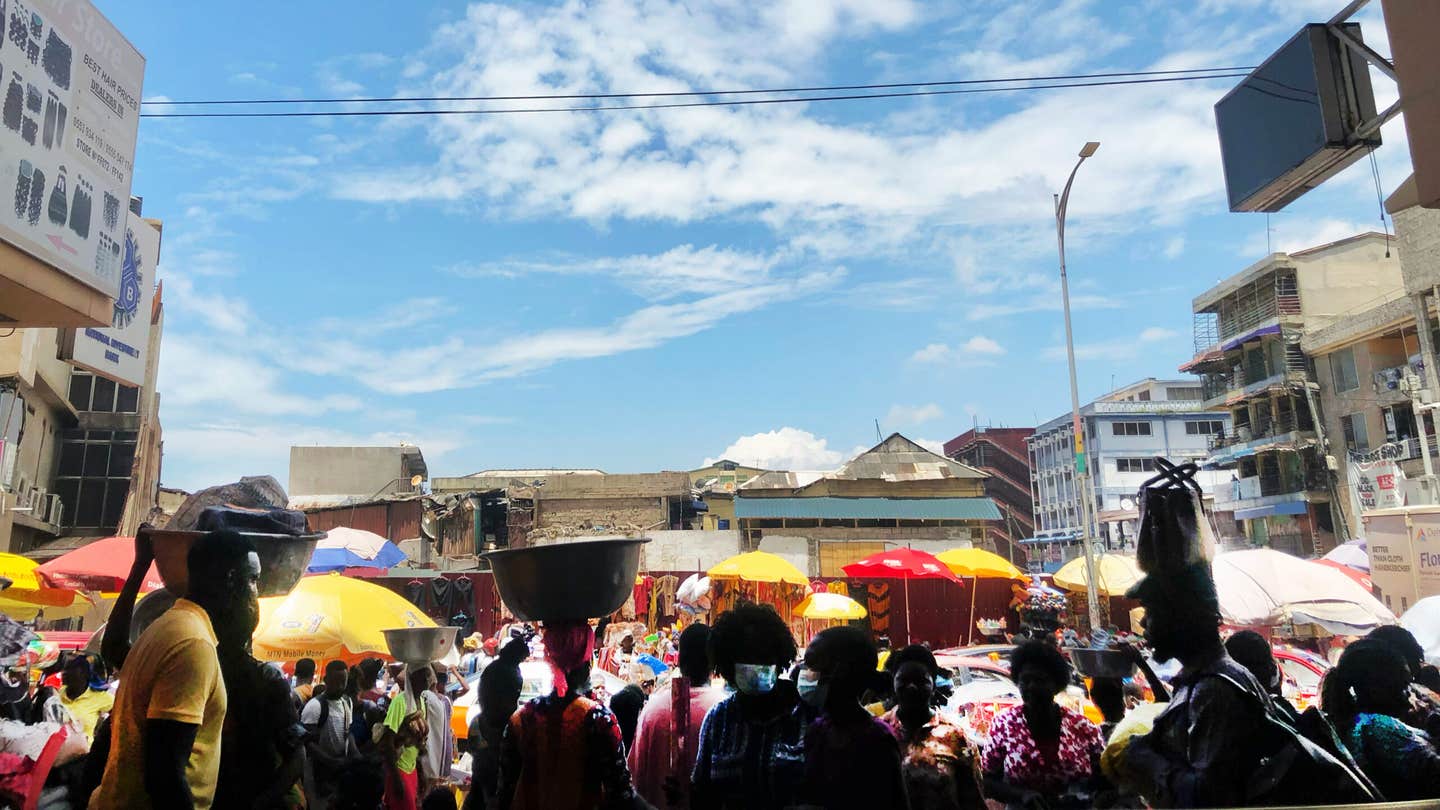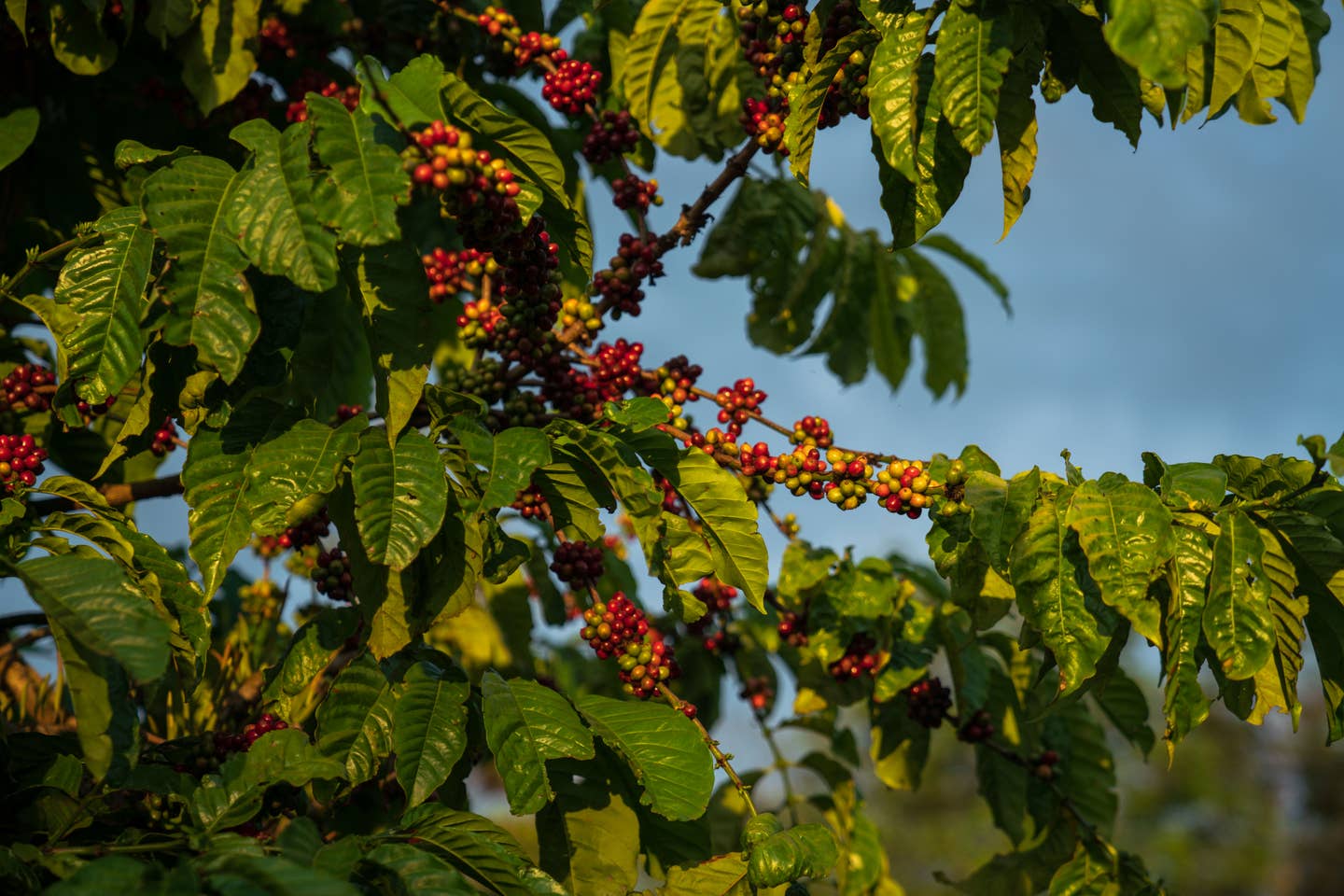
The Undeniable Coffee Trend Nobody Saw Coming
For decades, arabica beans have been the gold standard—and that might be a huge mistake.
A few weeks ago, a fellow coffee geek handed me a cup of something that stopped me in my tracks. It tasted like toffee, cedar, and forest floor and was unlike anything I was used to drinking. I thought I’d seen it all (if my name looks familiar, it’s because I founded Blue Bottle Coffee 21 years ago), but I was confused. What on earth was in that cup?
I marched through guess after guess—was it an Indonesian Cup of Excellence winner? A new producer in Papua New Guinea? Eventually I gave up. The coffee, my colleague revealed, was a Vietnamese robusta.
The reason robusta didn’t cross my mind is that until recently, robusta wasn’t taken seriously among coffee professionals. Of the two main types of coffee, robusta and arabica, the former has long been the ugly duckling. As its name suggests, robusta (Coffea canephora) is a vigorous, high-yielding crop. It’s so “robust,” in fact, that it grows well at low elevations, and in a variety of soil types (the opposite is true of finicky arabica). The resulting coffee is often described as woody or peanutty—or, worse, like burning tires. Arabica coffee, by contrast, is usually brighter, fruitier, and more acidic. Walk into any specialty coffee shop from Brooklyn to London to Bangkok, and you’ll almost certainly be served arabica.
To understand how arabica became so favored by coffee professionals, and how robusta got marginalized, it helps to know a bit of history—starting in Italy in 1938. Achille Gaggia and Francesco Illy had just patented the first true espresso machine, but there was a problem: Under Mussolini, Italy was impoverished and politically isolated, and much of the coffee available for import came from North African robusta plants. However, the Italians made their cucina povera philosophy work for coffee, too. They discovered that robusta could be surprisingly delicious when roasted slowly in their rudimentary coal- and wood-powered machines, which steamed out any off flavors and gave robusta’s scant sugars time to develop.
Further, the way Italians brewed their coffee was perfect for robusta. The rapid, high-pressure extraction of espresso gave the liquid body, while the drink’s potent coffee-to-water ratio left the rubbery, gassy flavors in the portafilter. (If all else failed, there was always that sugar dish left suavely on the bar.)
Soon, robusta wasn’t just a cost-saving compromise in Italy—it had become a sought-after taste. In Italian coffee brokers’ catalogs in the 1980s, it wasn’t uncommon to see 20 different robustas, each with its own unique profile, priced nearly the same as the arabicas on the list.
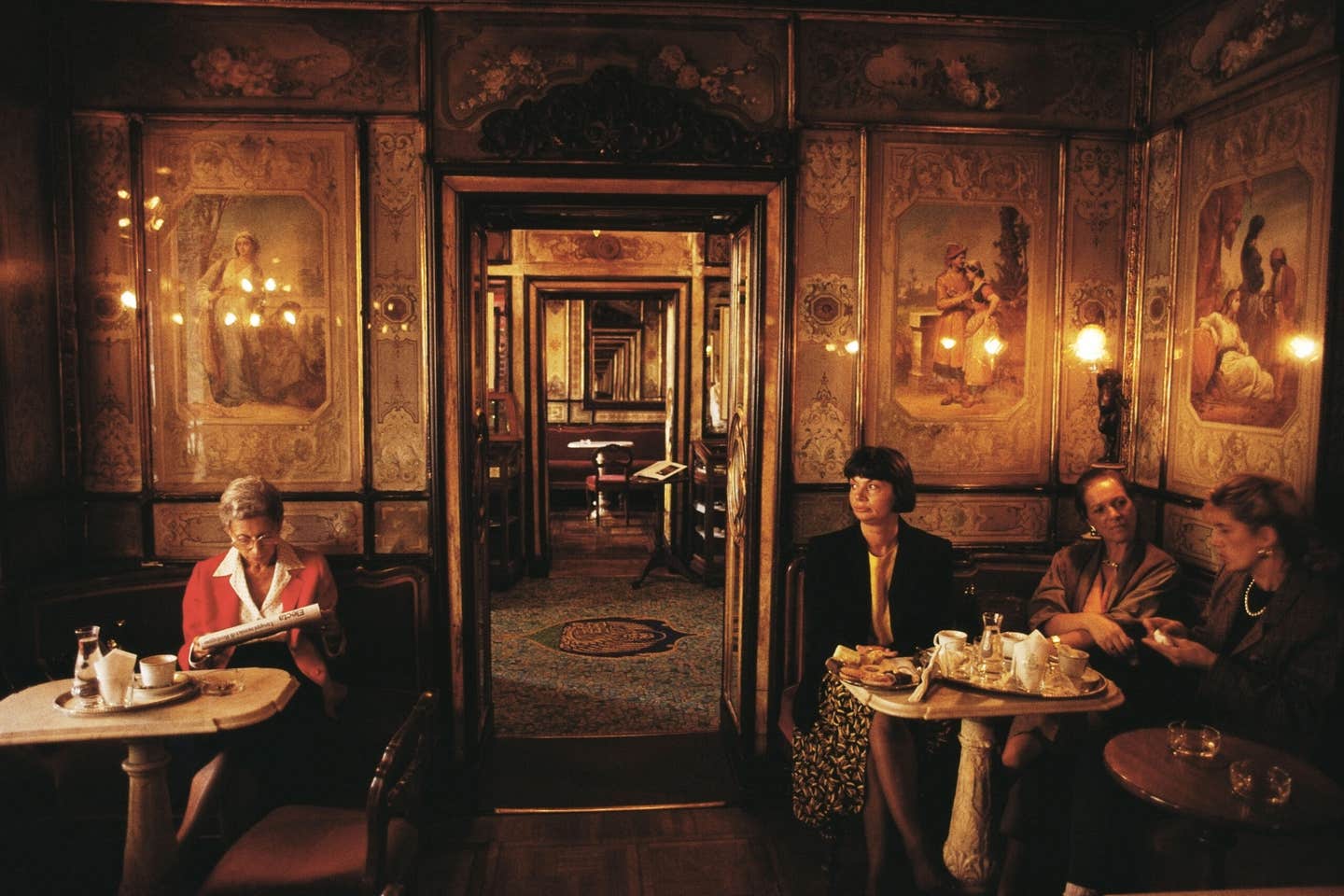
But around that time, robusta’s reputation started to change. Illy—having invested massively in a process called pulped natural that favored arabica beans—began guiding Italian consumers toward its “100% Arabica” espresso blend.
The mid-1980s were also when the Vietnamese economy was beginning to open up after the depredations of the Vietnam war. One of its key industries? Instant coffee made from low-quality robusta beans, and soon, robusta’s reputation was in freefall. (Originally an arabica-producing country, Vietnam is now the second-largest coffee producer in the world, after Brazil, and 97 percent of its crop is robusta.)
Everyday coffee drinkers have long known that instant coffee isn’t as good as freshly brewed, but they didn’t know their robustas from their arabicas. That all changed when Starbucks and the specialty coffee revolution came along. From 1992 to 2009, Starbucks’ store count went from 140 to 16,662, and suddenly the word “arabica” became common parlance. Starbucks proudly emphasized that it used 100 percent arabica in their blends in order to differentiate itself from its canned and jarred coffee competitors. The takeaway was that robusta, in all its gradations, wasn’t worthy of any serious coffee drinker.
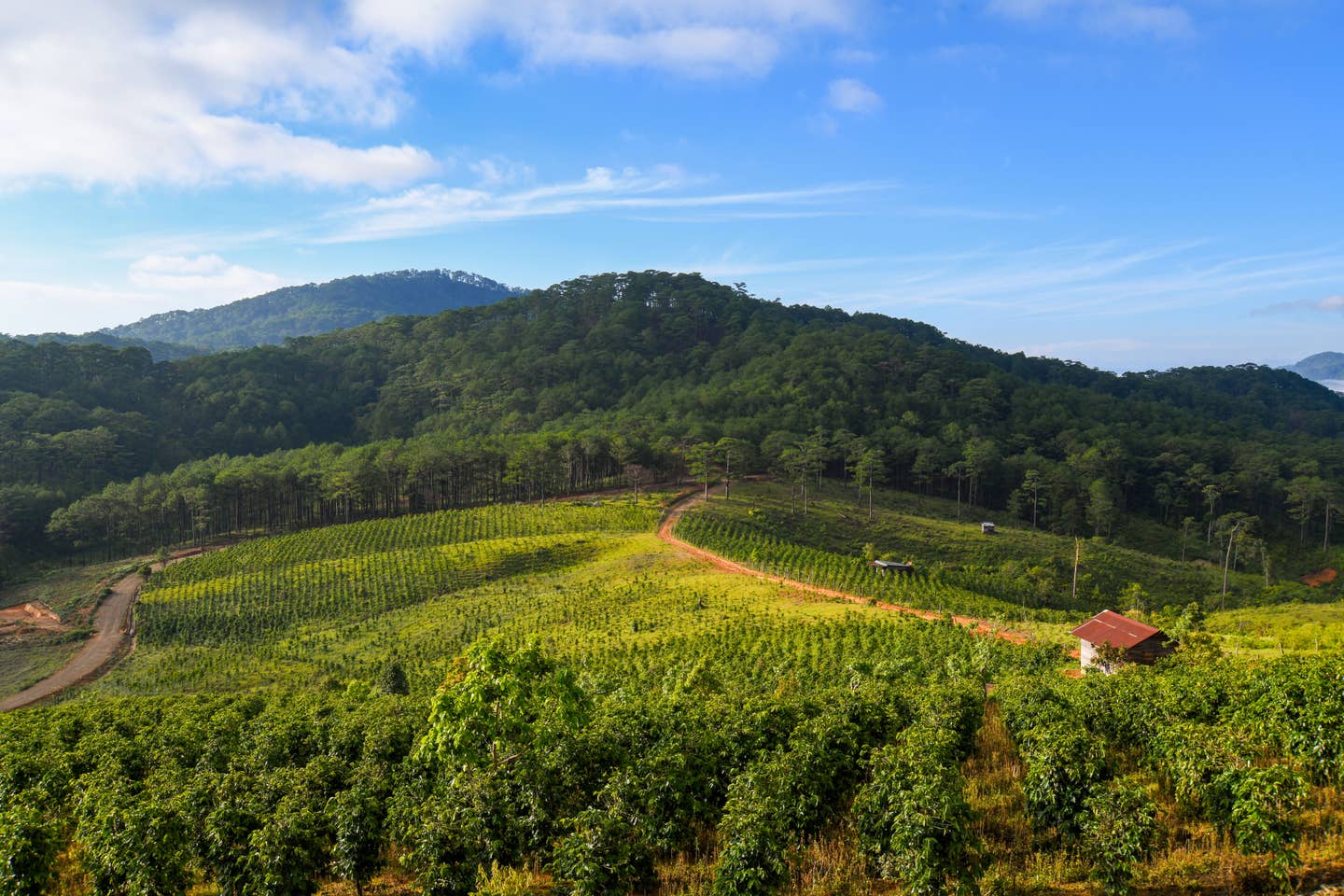
Most of today’s coffee professionals came up during arabica’s heydey, so it’s no surprise they look for that bean’s fruitiness when evaluating coffee—those tart apple, grape, and berry notes. Even now, robusta’s earthier, mustier flavors are viewed as inferior to the point that if present, they lower the score of the coffee in question (and thus the price being paid for it).
But ever since I tasted that cup of robusta, I’ve been wondering: What would happen if we let taste lead? What if we simply listened to robusta without subjecting it to our rules for arabica?
Arabica and robusta aren’t like, say, merlot and cabernet sauvignon. They’re two totally different species. For starters, robusta has twice as much caffeine as arabica, half of the natural sugars, and half the lipids. Translation? If roasted and prepared like arabica, robusta can be bitter, thin, and unpleasant.
How is it, then, that robusta still accounts for 40 percent of global coffee production? Cost is the main driver, since robusta plants are twice as productive as arabica, and significantly more resistant to disease and pests. But there’s another reason it’s stuck around: People like it.
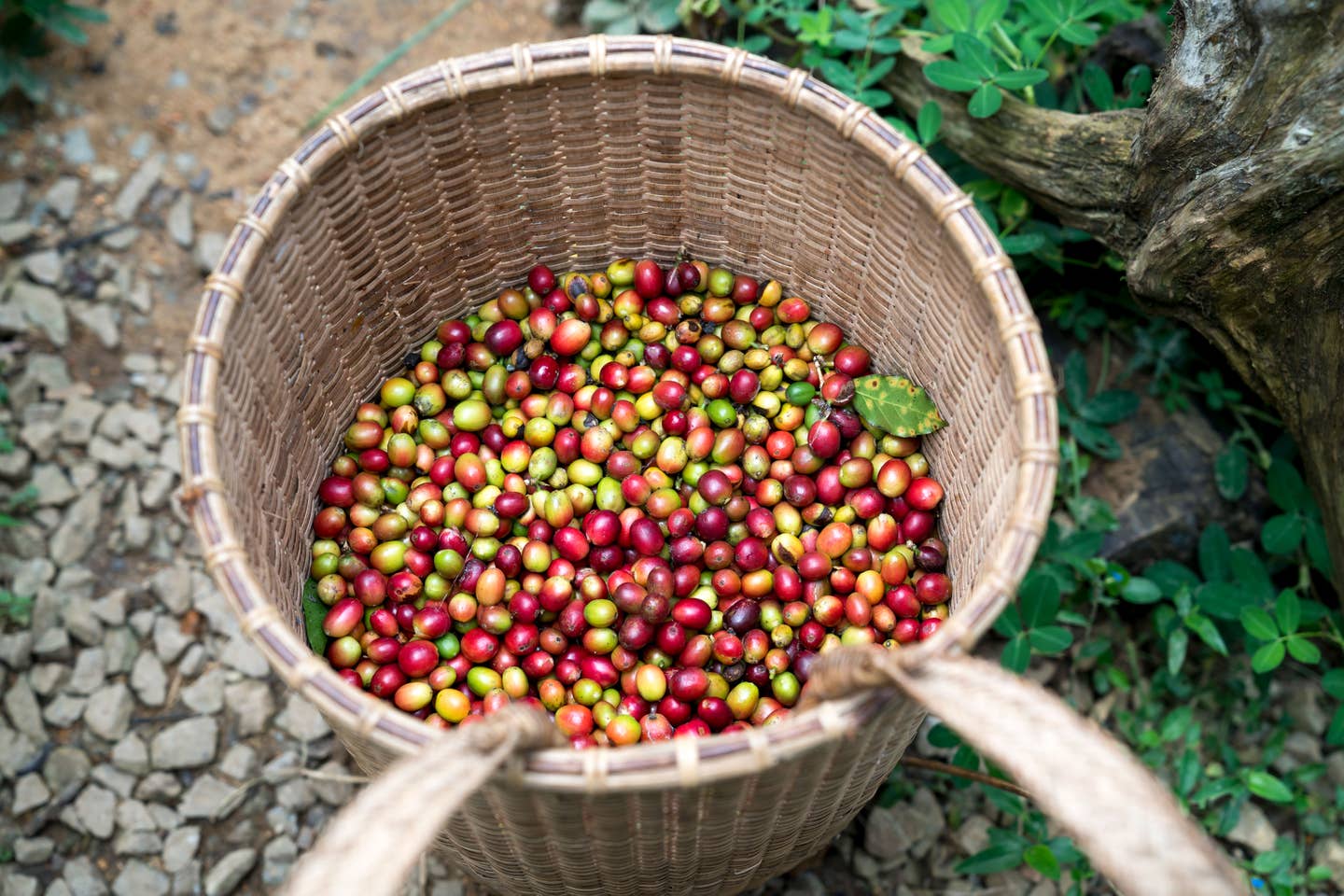
I happen to be one of them. I first started tinkering with robusta in 2007 at Blue Bottle. At the time, the specialty coffee community was even more dismissive of the species than it is now, but as someone prone to zigging while everybody else is zagging, I took the plunge and ordered a 132 pound bag of certified organic robusta from India, a favored terroir of the Italian roasters of the last century.
Like those pioneers, we experimented with longer roast times to bring out the beans’ subtleties, but the most promising development happened by accident. It turned out we’d purchased too optimistically, and had more robusta on our hands than we knew what to do with. This kind of mistake is a killer when it comes to arabica coffee: After several months in storage, arabica beans turn flat, or worse, acquire a straw or “baggy” taste from the jute sacks they’re stored in. A funny thing happened when we sampled “aged” robusta, however. The taste had mellowed. The edges had rounded. The coffee was sweeter, its petrol-forward aromatics transformed into a pleasing oakiness.
I didn’t realize it at the time, but we were starting to decouple our approach to robusta from our approach to arabica.
For robusta, time is an ally. Longer roasting cycles, which can bake the aromatics out of arabica, soften the harshness of robusta. Brewing at a lower temperature, I’d learn, similarly rounds out the cup even more. As one of the first roasters in San Francisco to proudly stamp a roast date on every bag of (arabica) coffee, I’ve realized that while freshness is arabica’s friend, robusta’s it is not.
As I was noticing the salutary effects of time on robusta, other coffee professionals were diving into the agriculture and processing of it. Miguel Meza, a pioneer in the study of arabica coffee varietals, recently offered the first robusta coffee subscription through his roasting company, Paradise Coffee Roasters. “With improvements in quality and processing, you can get fruity flavors. You can get caramel tastes and that mouthfeel that people like in a dark roast—without it being too roasty or sour.”
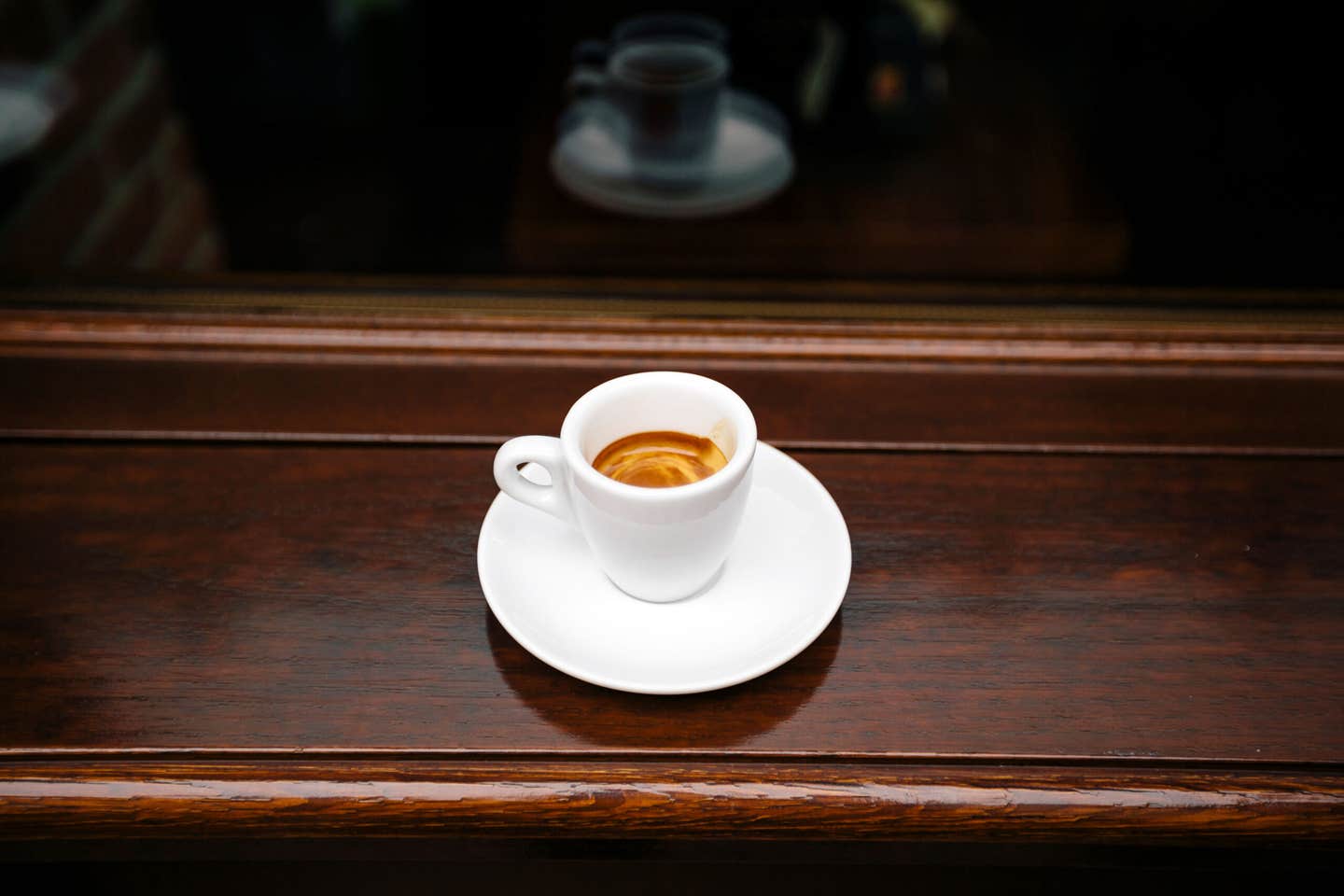
Sahra Nguyen, founder of Nguyen Coffee Supply, is on a similar crusade to challenge preconceptions, and she’s doing that through her high-quality Vietnamese robustas. Her blends are so compelling that she recently persuaded Whole Foods to drop its rules on only selling arabica coffee. Lately I’ve been dazzled by her anaerobic processed robusta, which plays well with my 1958 Faema Urania espresso machine.
Nguyen goes as far as to say that robusta’s toasty, nutty flavors often take better to dairy-based coffee drinks than fruity, tart arabica. And she has a point—while most coffee professionals I know drink black coffee and straight espresso (with the occasional short milk drink added into the mix as a treat), the average American consumer occupies a very different world of taste. A busy specialty coffee retailer might sell 10 espressos a day … and 500 large-format sweetened, milky, or iced drinks. If that retailer is purchasing pineapple-bright arabica to please its owners’ sensitive palates, here’s a legitimate question to ask: Would the guests not be better served by a skillfully roasted robusta?
Robusta checks a lot of boxes, so let’s review them: For consumers, its deep, roasty flavors can better complement the milky drinks people drink day in, day out. For businesses, robusta’s hardiness (the way it improves with age) makes it easier to store, reducing waste.
If we zoom out even further, there are more urgent reasons to embrace robusta. Scientists are saying that due to the climate crisis, there could be a 65 percent decrease in arabica production over the next 20 years. If that’s true, the specialty coffee industry has been handed an opportunity to rethink the approach to its cash crop before it’s too late. As Nguyen says, “If you care about the long-term sustainability of coffee, it’s time to reassess some deep-seated beliefs about all coffee beans.”
But at the most basic level, robusta is worth a second look simply because it can be exceptional—when grown and roasted with care. Take it from one of the most skeptical gatekeepers out there: me.
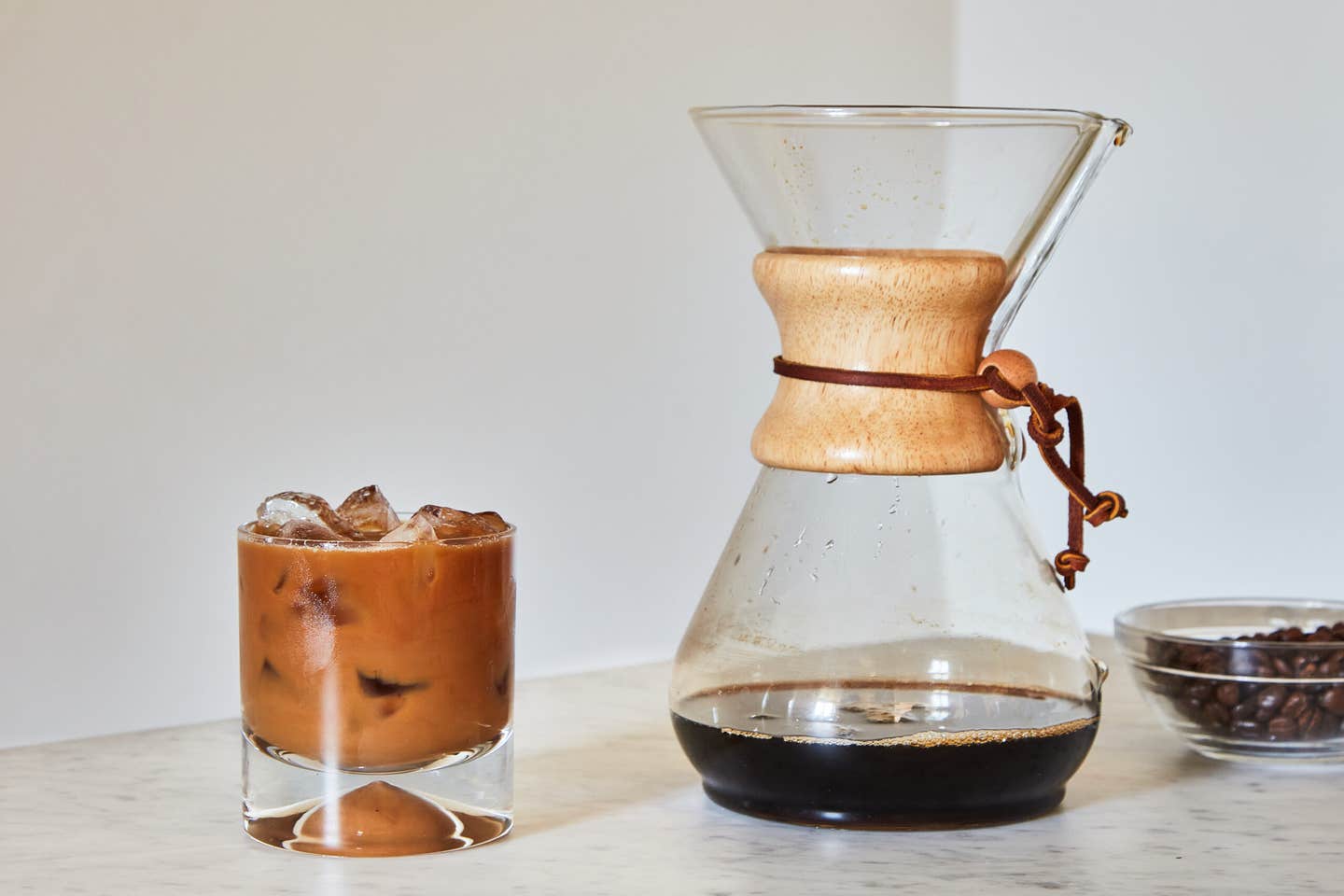
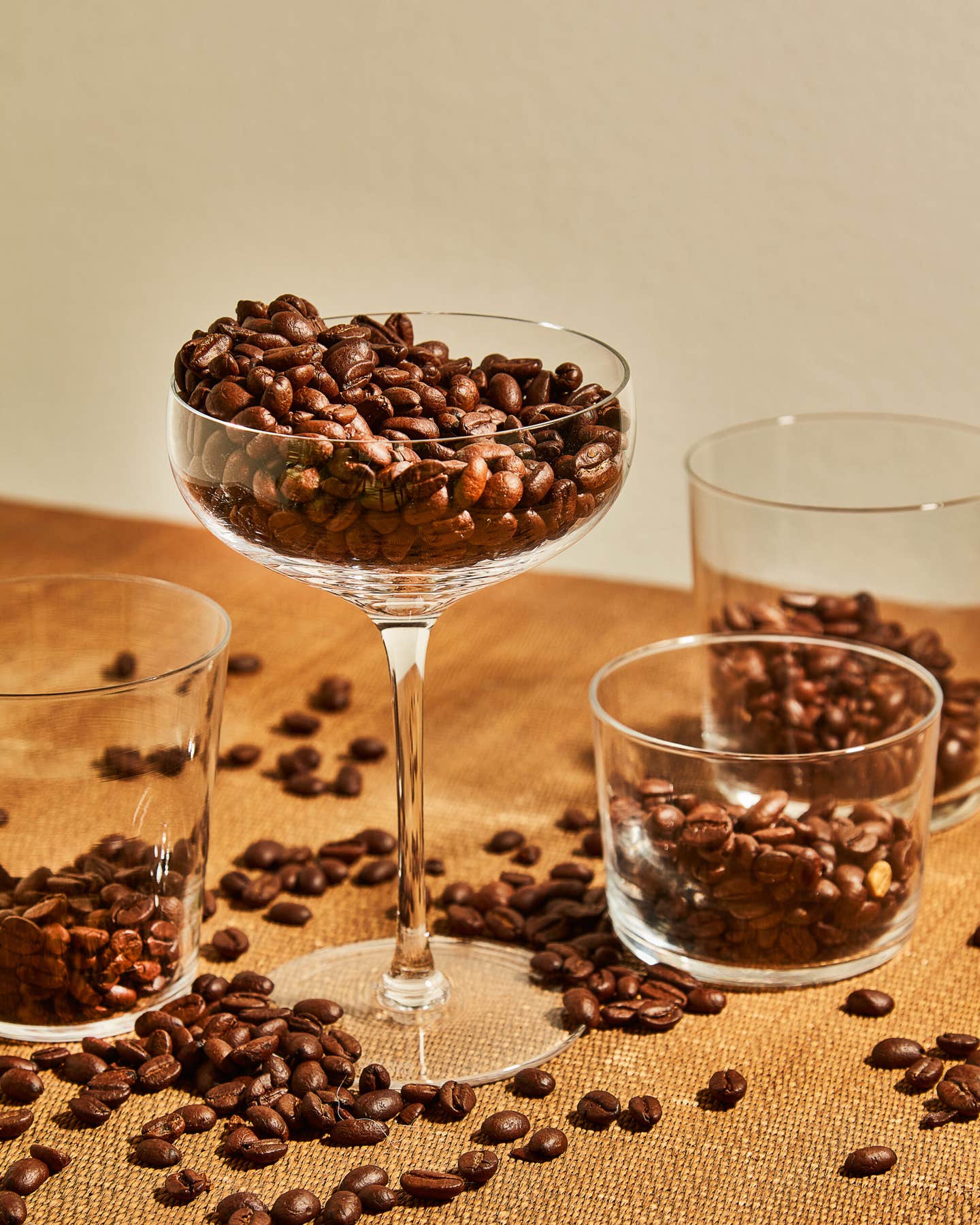
Keep Reading
Continue to Next Story
